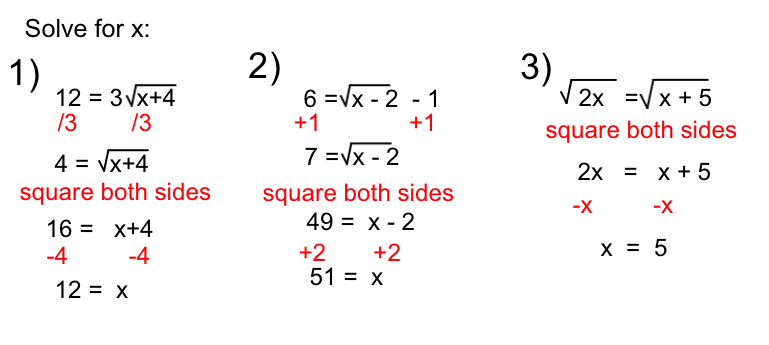

This is because to square a number just means to multiply it by itself.

Is negative 2 squared positive or negative? How would you simplify a negative square root? What are the positive and negative square roots of 36?Įxplanation: The positive and negative square roots of 36 are 6 and −6. What is the square of (- 1?Īnswer: The square root of minus one √(−1) is the “unit” Imaginary Number. We can put the complex number 2i in the form a + bi by letting a = 0. The absolute value of the complex number 2i is 2. If we want to find the negative square root of a number we place a negative in front of the radical sign. What is a negative square root of 100?Įvery positive number has two square roots and the radical sign indicates the positive one. Writing a negative number in radical form is illustrated. The square root of any negative number is not a real number.

What is the square of negative 3?ĭoes the square root of 4 equals negative 2? To show the negative of a square root a negative sign would have to be placed outside the radical. So in the land of real numbers it is impossible for the number under a square root sign to be a negative number. The imaginary number i is defined as the square root of negative 1. If the value in the radicand is negative the root is said to be an imaginary number. The difference is that the root is not real. SQRTPI : Returns the positive square root of the. In a similar way we can find the square root of a negative number. To find the negative root of value, simply multiply the result of the SQRT function call by -1. i times the square root of 4, or the principal square root of 4 times the principal square root of 13. And this is going to be equal to i times the square root of 4. And then we're going to multiply that times the square root of 4 times 13. But the principal square root of negative 1 is i. The other square root of negative 1 is negative i. What does I mean in negative square root? The principal square root of negative 1 is i. … An imaginary number possesses the unique property that when squared the result is negative. So what do we do? The square root of a negative number does not exist among the set of Real Numbers. It is not possible to square a value (multiply it times itself) and arrive at a negative value. What is the square root of a negative number? Let’s consider the equation of x^2 = 121. We can solve certain equations by finding the square root of a number. For the number 25 its negative square root is -5 because (-5)^2 = 25.
#Square root of a negative number how to
In short, knowing how to find the exact value of the square root of a number is very important.As shown earlier a negative square root is one of two square roots of a positive number. On the other side of knowing how to find the exact value of the square root of a non-negative number is knowing how to find the hypotenuse of a right triangle given its leg lengths, find the distance between two points on a coordinate plane, solving quadratic equations, and much more. Notably, the simplified square root is also the exact value of the square root. √ 32 = √ 16*2 = √ 16 * √ 2 = 4*√ 2 = 4√ 2.Īs indicated by the example of 32, knowing the factors and corresponding factor pairs of a number is essential to simplifying its square root efficiently. However, 16 is the largest perfect square factor of 32. Notably, 4 is also a perfect square factor of 32 since 2 2 = 4, and 4 * 8 = 32.

Therefore, 16 is a perfect square factor of 32. As noted above, 16 is also a perfect square because 4 2 = 16. But 16 is a factor of 32 because 16 * 2 = 32. For example, 32 is not a perfect square because no whole number multiplied by itself equals 32. Knowing when a number is a perfect square and a factor of another number ( perfect square factor) will facilitate the simplification of the square root of a number that is not a perfect square under the product rule for radicals. With respect to additional math vocabulary, 16 is the radicand under the radical symbol (√ ) in the radical expression √ 16. For example, the square root of 16 (√ 16 ) equals 4 because 4 * 4 = 4 2 = 16. Students in the 9th grade should be able to find the square root of a number that is a perfect square under Common Core standards.


 0 kommentar(er)
0 kommentar(er)
